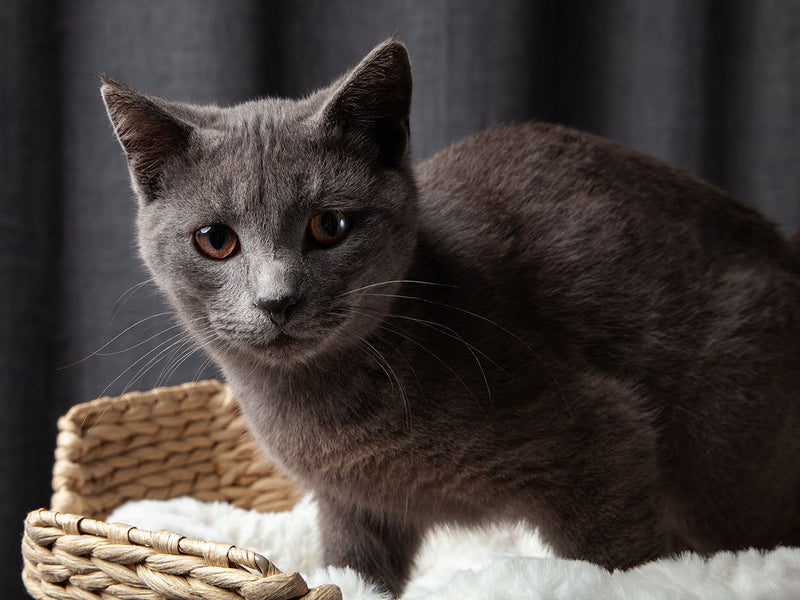I put it on my cinder block wall. I am not super skilled with the drill, but it was easy and my kitties are safe!
Having the fence has allowed my cats to run, chase and just relax outside with grass and dirt. I can sit in a chair and we all enjoy the nice weather. You can see through it so it does not block out the nature beyond the fence. Has been sturdy and seems to be well built. I had it installed by someone who has done these fences before and I am very pleased.
We're very happy with the heavy duty gate we installed in our free standing fence. Installation was very easy with the help of the instructional videos provided. The gate works well and seems very sturdy. The only issue at all is that the latch scratches the post easily so we'll need to keep an eye out for rust.
Over the years, our cats have always done well coming and going on their own with a cat door, but our newest cat, Kiki, isn't like all the others. We taught her how to use the cat door and she got lost for 8 days. She ended up at a neighbor's house and they took her to a vet where her chip was scanned. After we got her home, I needed to find a way to allow her as much freedom as possible while still keeping her safe.
I researched online and found Purrfect Fence. They had great reviews and videos, and the cost was reasonable. With DIY skills, me and my husband were confident we could do the installation ourselves.
Their instructional videos were very helpful. We had no problems with the posts. It took a while to get used to hanging the mesh, but the more we worked with it the easier it got. Corners are the hardest part and took a while for me to be happy with them but they worked out fine.
We are really impressed with the quality of the materials and component aspect of the fence. We had an ice storm about two months after we got the fence up which brought some large limbs down onto the back corner of the fence where it meets our wooden fence side (see photos). After we got the limbs cleared out, we could see that the fence had only one damaged arm, and the mesh was barely torn. After replacing the bent arm, we were able to rehang the mesh without even making a patch!
So far, neither Kiki nor our other cat, Lucifer, have breached the fence. Lucifer presents a separate problem for us because he has to go out on his own, so we installed a couple of gates in the fence. We are able to prop them open for him at night and segment our house with an interior door so that Luci can go out the cat door and roam while Kiki stays safely inside.
We are both really impressed with the fence and feel confident that it will keep Kiki close by as long as we stay diligent about the doors and gates.
I had a very tricky situation with open land, retaining walls, access gates, ect… I did hire a pro fence installer, but he had many conversations with Purrfect Fence on the best way to keep my Houdini cats enclosed. I am ecstatically happy! We did mix the dog fencing, cat fencing and used the dig proof wire. HOA approved as well!
After spending over $1500 on DIY containment attempts, I bought the Purrfect Fence system and wish I’d done it sooner. Our little black ninja cat is finally unable to get out of the backyard!
The only thing I’d like to see would be more zip ties included.
I’ve always had outdoor cats but unfortunately my neighbor and I have both lost a cat to coyotes in past year. I was so concerned about keeping my other two cats inside for ever. This fence is perfect! I was worried it might look ugly or obtrusive but against my already installed black metal fence and shrubs, it doesn’t stand out at all. Even the top part Turing inwards looks fine. I installed only on side of house to see, but May now do the whole yard! Had it installed by my landscapers in under 4 hours. Well-built, sturdy and no cats have gotten out in over a month! Looking forward to more vegetation growth inside the pen, but otherwise it’s the perfect solution to keep your cat’s most innate instincts active and thriving! They get to use their senses, eyesight, hearing, smelling and hunt in fresh air and nature! Like nature intended. And no one can attack them ! Far better than a concrete “catio”. Thank god this product exists!








































